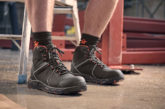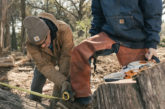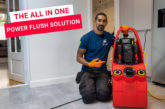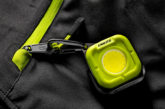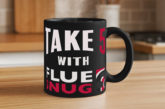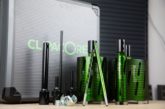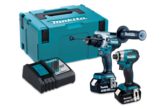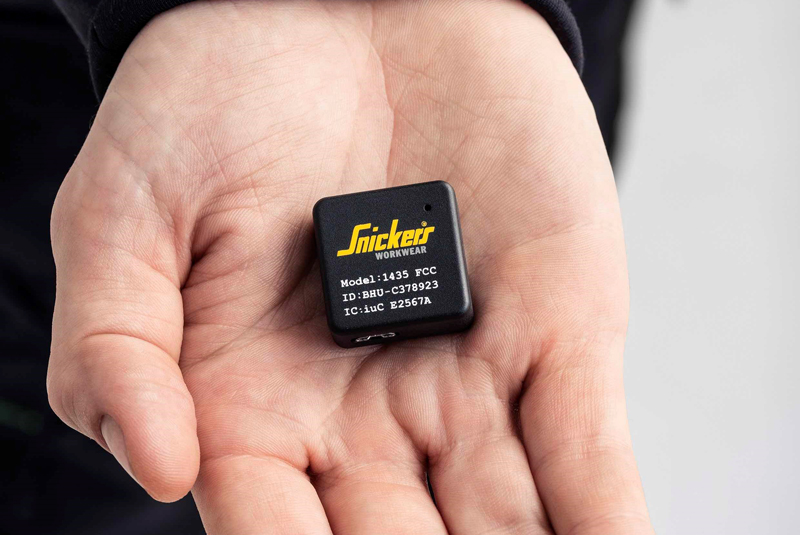
David Clark, Managing Director of the Hultafors Group UK, which owns Snickers Workwear, looks at how health and safety issues on site are influencing the development of ‘smarter’ working clothes and heralding a revolution in wearable technology.
Even though modern working clothes were invented back in the 1970s by a Swedish electrician called Matti Viio, the most significant technical development in workwear before that was way back in the 1850s. Jacob Davis, a Latvian Jewish immigrant living in San Francisco started buying bolts of denim cloth from Levi Strauss to reinforce and repair denim clothing.
After one of Davis’ customers kept purchasing cloth to reinforce torn trousers, he had an idea to use copper rivets to reinforce the points of strain on trousers, such as on the pocket corners and at the base of the button fly, he and Strauss went into business with a patented rivet design that is now part of clothing history.
It was a significant development in clothing design at the time – a product development that was influenced by functionality and durability needs of their customers.
160 years on, workwear design and development is still being driven by the needs for functionality, durability and comfort, but perhaps more so now by the demands of health and safety on site.
Wellbeing at work
Our working lives are governed by occupational health and safety legislation, but while such laws act as a framework for ensuring employees wellbeing at work, it’s often the workers themselves who tend not to take enough care of their health on site.
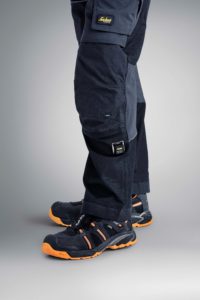 Workplace injuries are commonplace. But while employers have an obligation to ensure health and safety at work, some responsibility for overcoming occupational injuries does require a change in the behaviour among workers themselves. They ought to be more attentive and perhaps prioritise their own health and personal safety on site.
Workplace injuries are commonplace. But while employers have an obligation to ensure health and safety at work, some responsibility for overcoming occupational injuries does require a change in the behaviour among workers themselves. They ought to be more attentive and perhaps prioritise their own health and personal safety on site.
A recent survey (carried out among professional craftsmen in Scandinavia by Kantar Sifo during December 2016 and January 2017) revealed that six out of 10 suffered an injury at their workplace in the past year. So 60% have or are suffering from physical health issues or pain as a result. However, the same survey shows that more than one in two workers agree that personal protection equipment is not used on site as often as it should be.
Surprisingly, given that most of the respondents work in environments where they are exposed to loud noise and dust as well as doing heavy lifting and a lot of kneeling, the use of PPE such as face masks, kneepads, protective goggles, helmets and ear defenders are disregarded the most.
Aside from the immediate effect of an injury at work, the most common ongoing pain a worker suffers is in the knees and back. Yet over a third of the respondents in the survey never change their kneepads!
Personal attitudes in the workplace are principal drivers as to why available protective equipment is not used, with many crasftsmen saying that laziness is one of the reasons behind the lack of personal protection. Time constraints and efficiency demands often underlie such carelessness, with half of the people interviewed believing that too much protective equipment impedes them in their work.
Yet the survey also reveals that more than one in five workers in Scandinavia say that their employer does not always provide them with the equipment and work clothing they need. What’s more, four out of 10 believe that the employer does not always support them with information or procedures concerning the protection or the right workwear to use – an issue that’s particularly prevalent in smaller companies with four to 10 employees.
At the Hultafors Group, we are keen to increase awareness about the most effective way of avoiding health issues and injuries at work – but also to develop and deliver products that work with the user to do more in looking after their wellbeing on site.
Given that the majority of respondents in the Scandinavian survey are in favour of new, smart protection solutions, Wearable Technology in workwear is the next logical step in the evolution of working clothes for professionals.
The Wearable Technology revolution
“Snickers Workwear has always been renowned for its modern designs, innovative functionality and market-leading fabric technology,” says David Clark. “Now our WorkTrousers are getting even ‘smarter’ with the integration of technology to improve performance and wellbeing at work.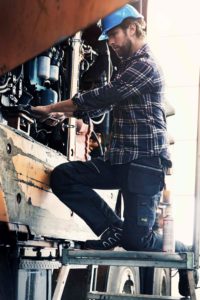
“Wearable Technology is already woven into our daily lives through smartphones, fitness devices, sports clothing and accessories – to help monitor and improve performance.
“While the recent survey was carried out among professional craftsmen in Scandinavia, many of the findings are equally applicable to the UK. It confirms what most of us have long suspected – that craftsmen are usually so focused on getting the job done that personal protection tends to be overlooked.
“But repeated ‘corner cutting’ over the years definitely creates a long-term health problem – an issue that Snickers Workwear has been continually addressing with its patented KneeGuard System. So the development of our ‘Smart Workwear’ is one way is one way of improving their wellbeing beyond just knee protection.
“Tracker 1 is Snickers’ first prototype of wearable technology, a chip fitted to a pair of WorkTrousers enabling the user to monitor work place noise levels, heat conditions and knee impact.
“Market-leading technology and innovation have long been hallmarks of Snickers Workwear. We are well known for our KneeGuard System, 37.5 Fabric Technology and technical functionality, but the integration of ‘smart’ wearable technology into our clothing shows the extent to which we are looking at working clothes and wellbeing on site in a completely new way”.
Tracker 1 facts
- With Tracker 1, the prototype wearable product developed by Snickers, professional craftspeople – who work many hours without a break and in a challenging work environment that puts great pressure on their knees and hearing – stand a better chance of preventing workplace injuries.
- Every 10th Swede is affected by tinnitus, and 50% of all Swedish upper-secondary school students show symptoms of tinnitus. With Snickers Tracker 1, you can measure noise levels at the workplace.
- Sustaining frequent impacts to the knee each day, the workers run a high risk of serious knee problems in the future. That’s why it is crucial to have good kneepads that are not too worn out. Tracker 1 contains technology that triggers an alarm when it’s time to change the kneepads.
- To do their best work, professional craftspeople need to dress according to the workplace temperature. With Tracker 1, the temperature at the workplace is measured, providing a reference for the type of clothes that should be worn.
- Craftspeople must become better at paying attention to the risk of injury in order to be able to take care of and improve their own health.
- Tracker 1 contains a meter that measures noise levels, number of knee impacts per day and temperature. All the meter values are read by a mobile app connected to the garment, giving the worker information that creates better conditions for preventing workplace injuries.


